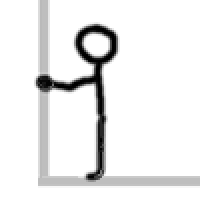I went to shoot a movie, for some people, by recording sound on set, and it was by far the highest budgeted movie I have ever worked on. I was quite impressed. However, I felt the director and producer may not have put a lot of thought into the audio compared to the video.
I never got any feedback on what the noise was like on the locations and was not able to visit any of them beforehand. The reason being, is that I had to travel to another city to shoot and the locations were still being decided before then. So when I got there, they were kind of noisy and not the best, since we could not turn off the heating, or control a lot of sound made by the public.
But there was one thing that really bothered me, but maybe I am wrong, and this is normal on a set. I couldn't put the boom mic where it was required to go because the DP called the shots on where it was to be for each shot. He did not want it to get in the way of his lighting, so he would tell me where to put and even have it drawn on the storyboards. My guess is that it's not normal for the DP to have so much free reign given by the director.
I never got any feedback on what the noise was like on the locations and was not able to visit any of them beforehand. The reason being, is that I had to travel to another city to shoot and the locations were still being decided before then. So when I got there, they were kind of noisy and not the best, since we could not turn off the heating, or control a lot of sound made by the public.
But there was one thing that really bothered me, but maybe I am wrong, and this is normal on a set. I couldn't put the boom mic where it was required to go because the DP called the shots on where it was to be for each shot. He did not want it to get in the way of his lighting, so he would tell me where to put and even have it drawn on the storyboards. My guess is that it's not normal for the DP to have so much free reign given by the director.






